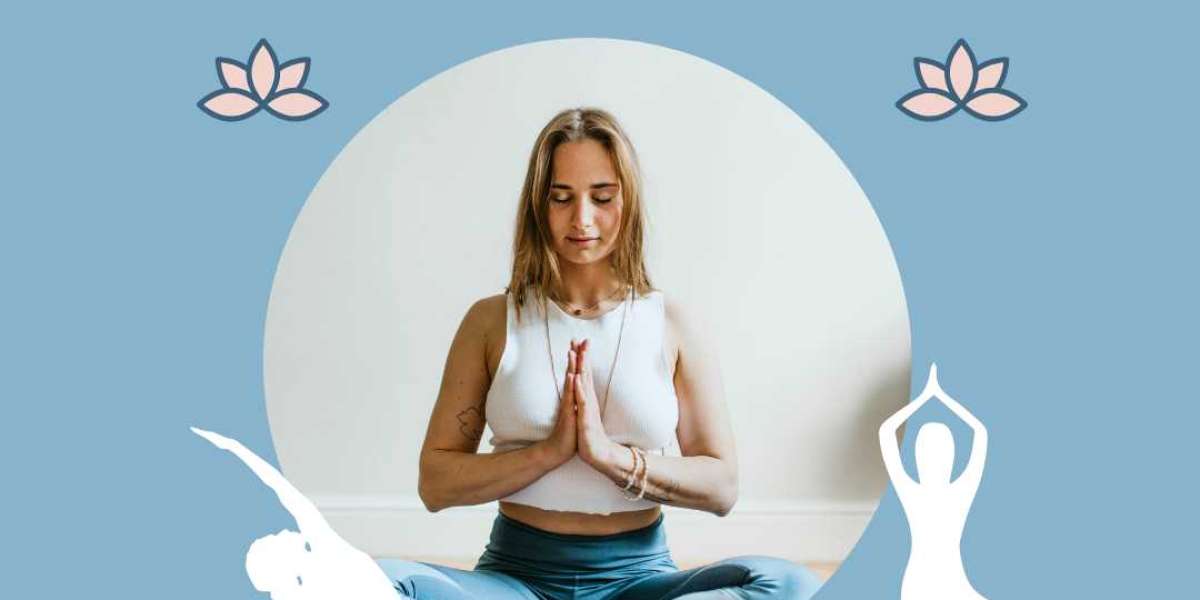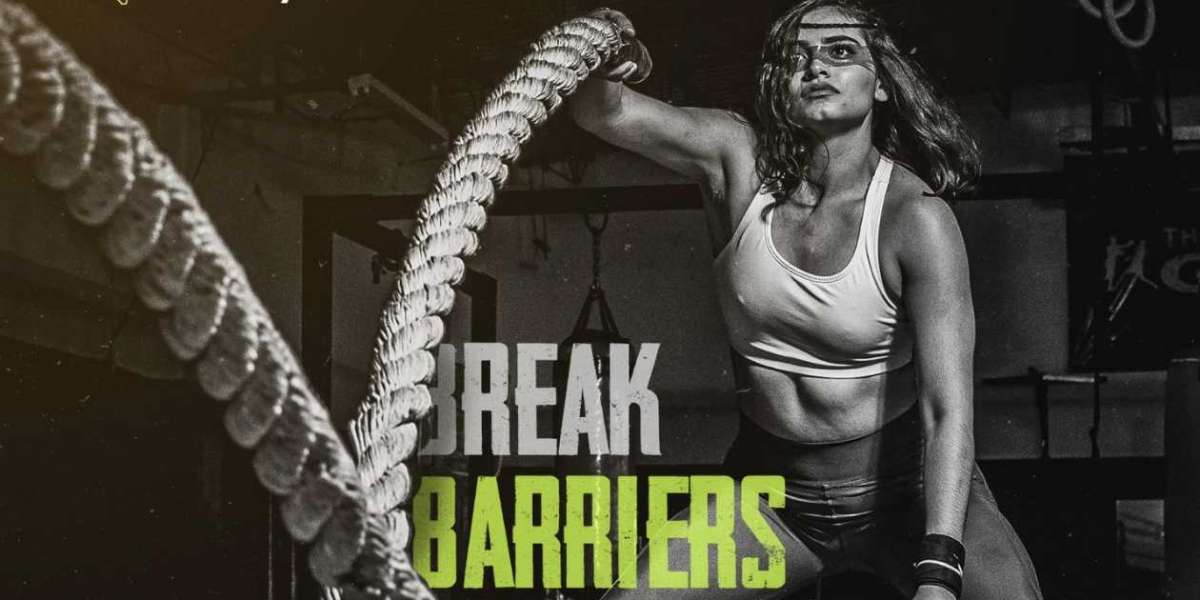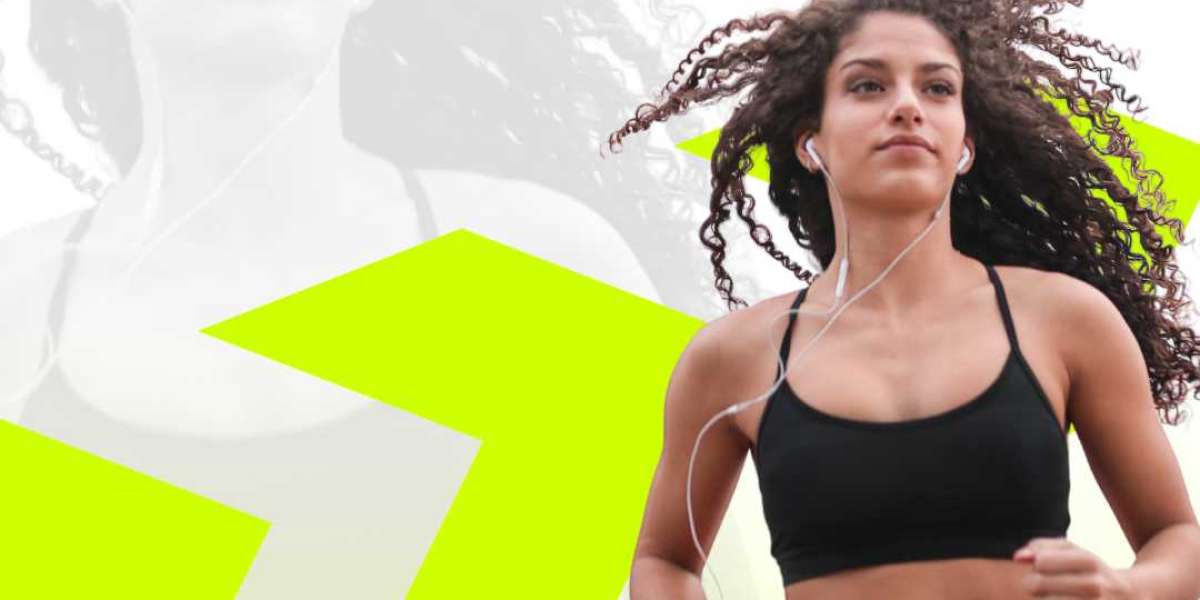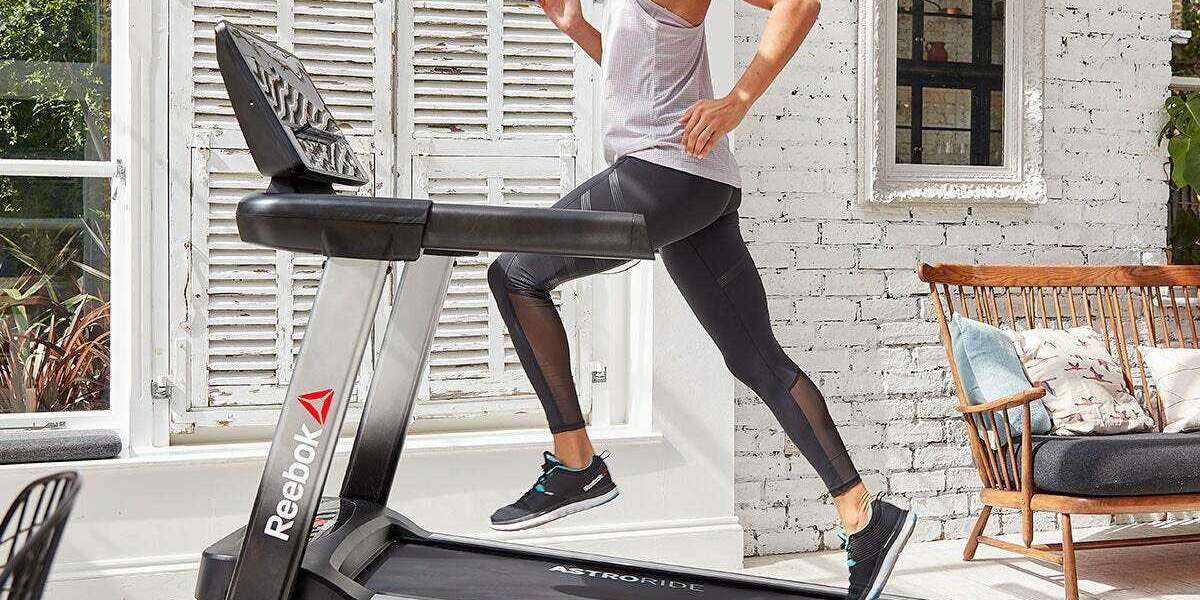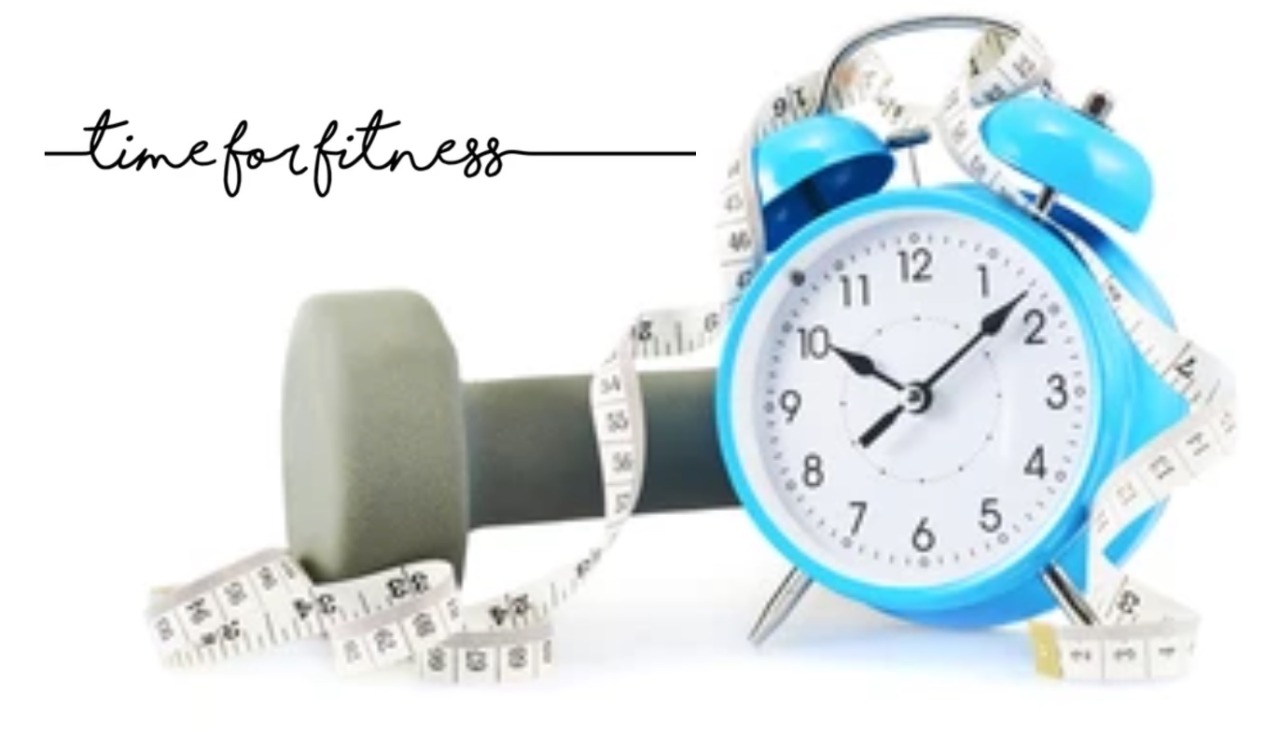But there's good news! Yoga is a fantastic way to improve your flexibility; the best part is that you can do it from home.
In this guide, we'll explore the benefits of flexibility and walk you through 8 simple yet effective yoga poses to target your back, hips, core, neck, and shoulders.
Why is flexibility necessary?
Flexibility is like having well-oiled joints in your body. It allows for smooth movement and provides numerous benefits contributing to overall well-being:
- 1. Increased Range of Motion: Imagine reaching for something high on a shelf. With good flexibility, you can easily extend your arm and grab the object comfortably. However, lacking flexibility can limit your reach and make everyday activities like putting on clothes or picking up objects more challenging.
- 2. Reduced Muscle Tension: Tight muscles can feel like knots or bands of discomfort throughout your body. This tension can restrict movement, create aches and pains, and even lead to headaches. Regular stretching and yoga can help release this tension, leaving your muscles feeling looser and more relaxed.
- 3. Improved Posture: When your muscles are tight and inflexible, they can pull your body out of alignment, leading to poor posture. This can manifest as slouching, hunching, or rounded lower back. Good flexibility allows your muscles to support your body correctly, promoting proper posture and reducing strain on your joints and spine.
- 4. Reduced Pain: There's a strong connection between tight muscles and pain. When muscles are inflexible, they are more prone to cramping, soreness, and even pain in the joints they support. Improving flexibility can help alleviate pain and prevent discomfort from muscle tightness.
- 5. Lower Risk of Injuries: When joints have a limited range of motion due to inflexibility, they are more susceptible to injuries during sudden movements or strenuous activities. Good flexibility allows for better shock absorption and prepares your body for unexpected movements, reducing the risk of strains, sprains, and other injuries.
- 6. Stress Relief: The mind and body are deeply connected. Tight muscles can hold onto tension, which can contribute to feelings of stress and anxiety. Stretching and yoga poses can help release this physical tension, promoting relaxation and a sense of calm in the mind.
- 7. Improved Circulation: When your body is flexible, blood flows freely throughout your muscles and tissues. This enhanced circulation delivers essential nutrients and oxygen to your muscles, aiding in faster recovery after exercise and preventing stiffness.
Ready to get started? Let's flow!
Important safety tips:
- Listen to your body: Don't push yourself into uncomfortable positions or force anything.
- Go slow and steady: Start slow and gradually increase the time you hold each pose.
- Seek guidance: If you have any injuries or concerns or are new to yoga, consult a doctor or certified yoga instructor.
Poses for Back Flexibility:
Intense Side Stretch (Parsvottanasana): Lengthening the spine, hips, and legs improves posture, balance, and digestion.
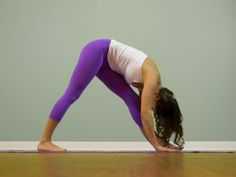
Head to Knee Pose (Janu Sirsasana): Improves back, hip, and thigh flexibility, increases blood flow in the lower abdomen, and reduces stress.
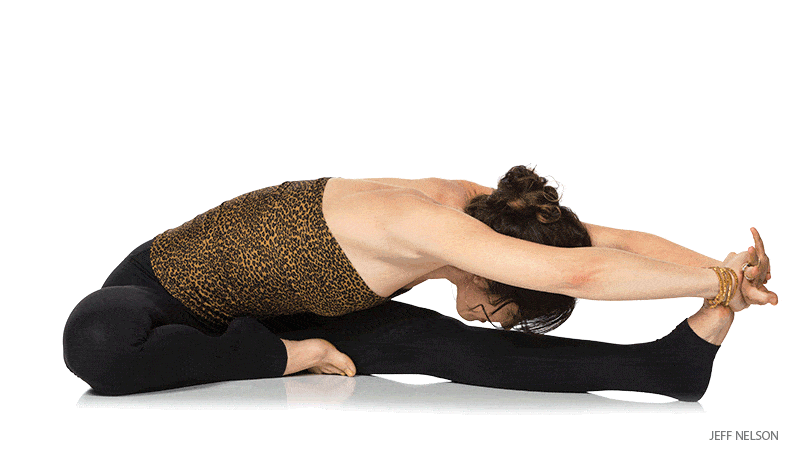
Poses for Core Flexibility:
Cat-Cow (Marjaryasana - Bitilasana): Enhances mobility and flexibility in your core, neck, shoulders, and spine.
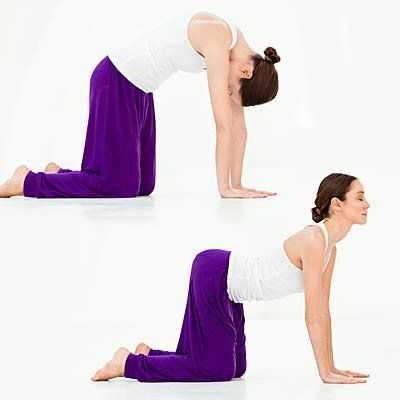
Bow Pose (Dhanurasana): (Intermediate) Stretches muscles used for sitting to improve core, back, chest, glutes, and leg flexibility.
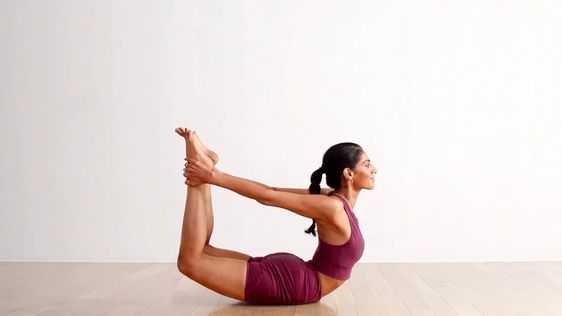
Poses for Hip Flexibility:
Low Lunge (Anjaneyasana): Lengthens spine, opens hips, builds muscle strength, and may alleviate sciatica.
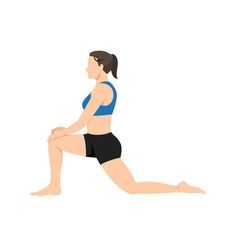
Wide-angle Seated Forward Bend (Upavistha Konasana): Opens hips and lower back and improves hamstring and calf flexibility.
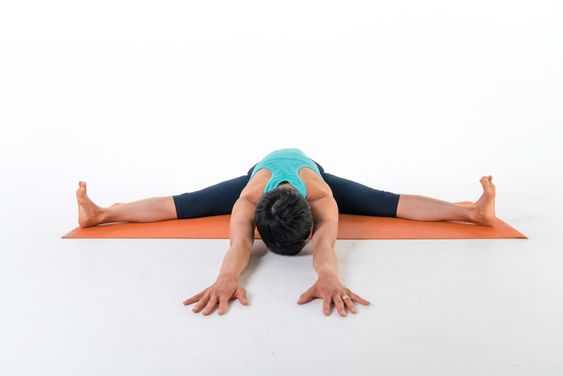
Poses for Shoulder and Neck Flexibility:
Cow Face Pose (Gomukhasana): Stretches shoulders, chest, and arms.
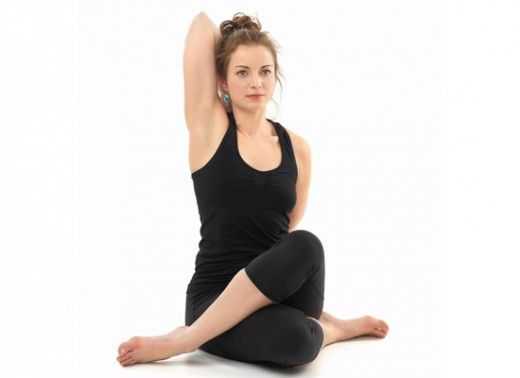
Plow Pose (Halasana): (Intermediate) May alleviate neck, shoulders, and spine tension.
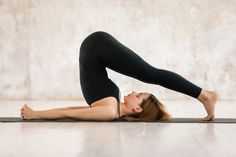
The takeaway:
Regular yoga is a powerful tool to boost your flexibility and feel your best. Remember to start slow, listen to your body, and enjoy the journey towards a more flexible and pain-free you!
